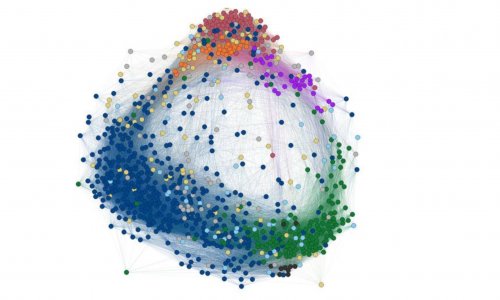Cancer
New molecular markers for high-risk neuroblastoma
Researchers from the University of Cologne and NEO New Oncology AG today jointly published in Nature* the findings of an extensive genomic analysis of neuroblastoma, a malignant pediatric tumor of the sympathetic nervous system. In the most aggressive forms of this tumor, the researchers identified previously unknown genomic alterations leading to up-regulation of the telomerase reverse transcriptase gene (TERT). Overexpression of TERT is often associated with cancers and tumor formation. These findings may help to improve tumor diagnostics and prognosis, and may also lead to the development of novel therapeutic options for the most aggressive subgroup of this deadly pediatric disease.

In neuroblastoma, the most common cancer in infancy, half of the tumors either regress spontaneously or can be cured by limited therapy, while the other half is high-risk neuroblastoma, a tumor with a very unfavorable prognosis and resistance even to intensive treatment.
So far, only a limited number of molecular markers that define high-risk neuroblastoma at a genomic level have been described, among them amplifications of the MYCN oncogene and mutations of the transcriptional regulator ATRX. By genomically analyzing more than 200 tumor samples, the authors of the study discovered genomic rearrangements close to the telomerase reverse transcriptase gene (TERT) that occur in approximately one quarter of high-risk neuroblastoma patients and clinically correlate with a particularly poor outcome. Both MYCN amplification and TERT rearrangements massively increased expression of TERT as well as enzymatic telomerase activity. Additionally, it was shown that high-risk tumors, even without any genomic alterations in MYCN or TERT, were prone to exhibiting a lengthening of telomeres.
Taken together, these findings suggest that most high-risk neuroblastomas are affected by either TERT rearrangements, MYCN amplification, or ATRX mutations, all of which lead to telomere lengthening, thereby providing a molecular, mechanistic definition of this neuroblastoma subtype. By contrast, low-risk tumors are characterized by the absence of such alterations and by low TERT expression levels, which presumably renders the tumors unable to attain immortal proliferation.
“The finding that telomere lengthening is the basic principle of high-risk neuroblastoma fundamentally advances our understanding of the molecular pathogenesis of this pediatric malignancy. Our discovery provides an unprecedented opportunity to improve diagnostics and treatment of children suffering from this deadly cancer,” said Prof. Matthias Fischer, Department of Pediatric Oncology, University Children's Hospital Cologne.
“Molecular classification of neuroblastoma has been difficult in the past, as many different genomic alterations may play a role. Only now do we have the technological means to perform genomic tumor analysis at a level suitable for optimal clinical diagnostics. The new genomic markers will help clinicians to better classify neuroblastoma,” said Dr. Martin Peifer, lead author of the study and one of the founders of NEO New Oncology AG.
“The publication underlines NEO New Oncology AG’s commitment to providing the most comprehensive genomic diagnostics for all cancer patients, which is a pre-requisite for selecting the best available treatment. We are very happy that our NEO technology has contributed to this leap forward in understanding the unique genomic aspects of this devastating disease,” added Dr. Andreas Jenne, CEO of NEO New Oncology AG.
Source: NEO New Oncology AG
15.10.2015











